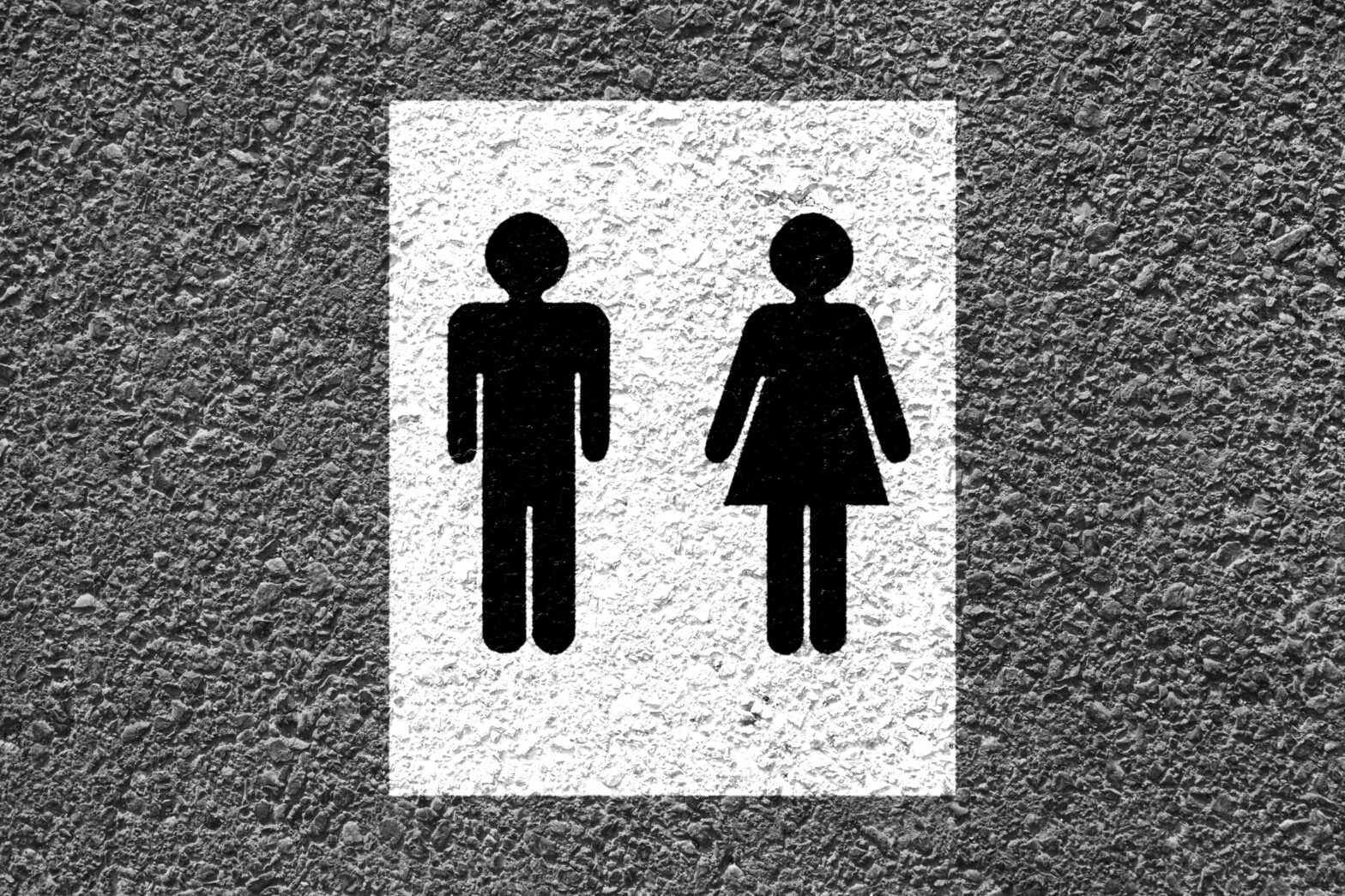Business leaders who have not yet published their gender pay gap data should be mindful that the figures could breach equal pay laws and trigger legal action by employees, a leading solicitor has warned.
Firms and charities with at least 250 employees have just six months left to publish gender pay gap information taken on the snapshot date of April 5, 2017.
Now Lindsey Knowles, employment solicitor at Kirwans law firm, is urging organisations to be pro-active in order to reassure employees that they are aware of – and determined to tackle – any element of unequal pay.
“Employers should be aware of the distress that the revelation of certain gender pay gap data will have on their staff, and prepare an effective communications strategy to minimise the possibility of legal action,” she says. “This would typically involve face-to-face discussions, explanations for any discrepancies, realistic action plans to transform any outdated pay models, and timeframes in which employees can expect to see a change.”
Gender pay reporting legislation for the private and voluntary sectors came into force last April, and gave employers up to 12 months to publish the required information.
The new rules require larger organisations to publish their median gender pay gap figures, mean gender pay gap figures, the proportion of men and women in each of the four pay bands of the pay structure, and the gender pay gaps for any bonuses paid out during the year. These must all be declared in a report on the organisation’s own website and uploaded to a government website.
In addition, the employer is required to publish a written statement, signed by a senior member of the organisation, confirming that the information provided is accurate.
However, Knowles is warning employers who have not acted to ensure equal pay that reporting the data could leave them wide open to legal claims.
Under the Equality Pay Act 2010, both male and female employees must receive equal pay for equal work. If there is no ‘equal pay’ clause in the contract, the employee will be able to pursue a claim as if there were.
“It goes without saying that all organisations should already be fully compliant with the Equality Act 2010, but there may be some cases where employees’ salaries have not yet been effectively reviewed to ensure that is the case. In particular, this situation could affect organisations with several hundred employees, or those with long-term members of staff whose contracts may still be on an out-dated pay scale,” Knowles adds.
“Employees who, on seeing the figures, feel they have been treated unfairly, may feel inspired to launch a legal claim against the organisation. This could result in a number of claims being triggered, which could prove disastrous for the company.”
The government has committed to closing the gender pay gap, which, in 2016, was 9.4 per cent, with the average pay for full-time female employees 9.4 per cent lower than for full-time male employees. This gap had improved from 17.4 per cent in 1997, but was still considered by the government to be too large.






